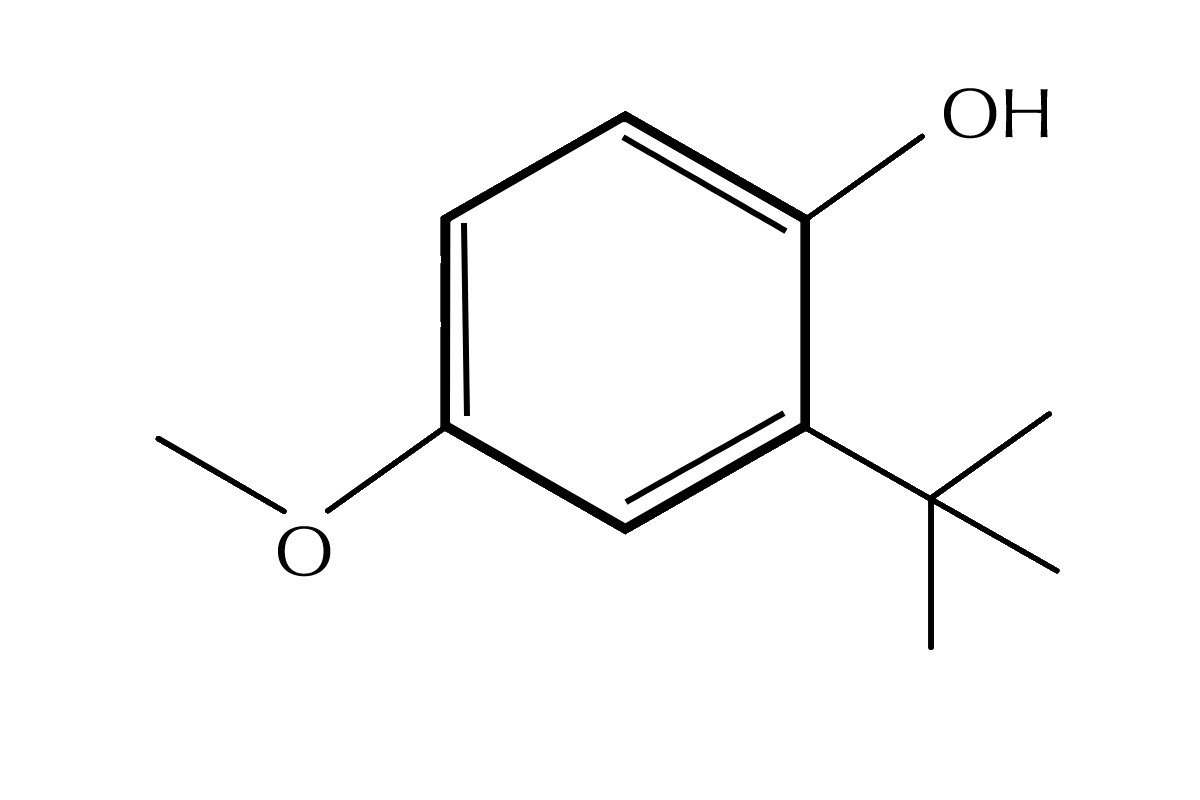What Is Butylated Hydroxyanisole?
Butylated hydroxyanisole is also known as BHA or BHT, not to be confused with beta hydroxy acids that are also abbreviated as BHA, is a synthetic antioxidant that is used in skincare and cosmetics. Butylated hydroxyanisole is a waxy solid that is often used in lipsticks and eye shadows.
Butylated hydroxyanisole is a synthetic antioxidant that helps to preserve other ingredients in a formulation and prevent them from spoiling. The antioxidant properties of this ingredient also mean that it is used in products containing edible fats, waxes and to stabilize vitamin A.
Butylated hydroxyanisole is used in very low concentrations usually 0.01-0.1% and doesn’t pose any risk to the skin and doesn’t penetrate the skin deep enough to be absorbed into the bloodstream.
Often synthetic ingredients have a bad reputation in the skincare world as they are not naturally-derived however, they are usually safer, more rigorously tested and pure than naturally-derived ingredients. They also have the benefit of not having a significant impact on the environment as many naturally-derived ingredients do due to needing land to be grown, needing to be harvested, transported, and purified before use.

Butylated Hydroxyanisole
the good: Helps to stabilize products and prevent the spoiling of the fats, oils, and waxes that the product is formulated with.
the not so good: Like any ingredient, it can cause allergies for some people.
Who is it for? All skin types except those that have an identified allergy to it.
Synergetic ingredients: Works well with most ingredients.
Keep an eye on: Nothing to keep an eye on here.
Why is Butylated Hydroxyanisole Used?
Butylated hydroxyanisole is a mixture of isomers of tertiary butyl-substituted 4-methoxyphenols, for those of you who are chemistry inclined. It is used as an antioxidant. It is not an antioxidant that is likely to benefit the skin in any significant way but it does help to stabilize the products that it is included in.
The stability of a product is one of the most important parts of the formulation process as it ensures that the product is safe to use and won’t go rancid quickly. Also using antioxidants as preservatives allow for less of other preservatives to be used, balancing out the formulation. Antioxidants, like butylated hydroxyanisole, play an important role in the safety, quality and longevity of skincare and cosmetic products.
Is Butylated Hydroxyanisole Safe?
The Cosmetic Ingredient Review Expert Panel, a group responsible for evaluating the safety of skincare and cosmetic ingredients has reviewed the research on butylated hydroxyanisole. The Expert Panel concluded that butylated hydroxyanisole is safe for its current uses and in the current concentrations in which it is used. In 2003, the CIR Expert Panel reviewed any new data and reaffirmed the above safety conclusions.
The US Food and Drug Administration or FDA includes butylated hydroxyanisole on its list of ingredients that are generally considered to be safe. Despite being approved as a food additive some people are wary of the ingredient due to a study conducted in mice that produced stomach tumours in the forestomach of the rodents. This is not considered to be an issue as humans don’t have forestomachs and while animal studies can be useful in determining safety they are not always a good indicator of how safe something is.







